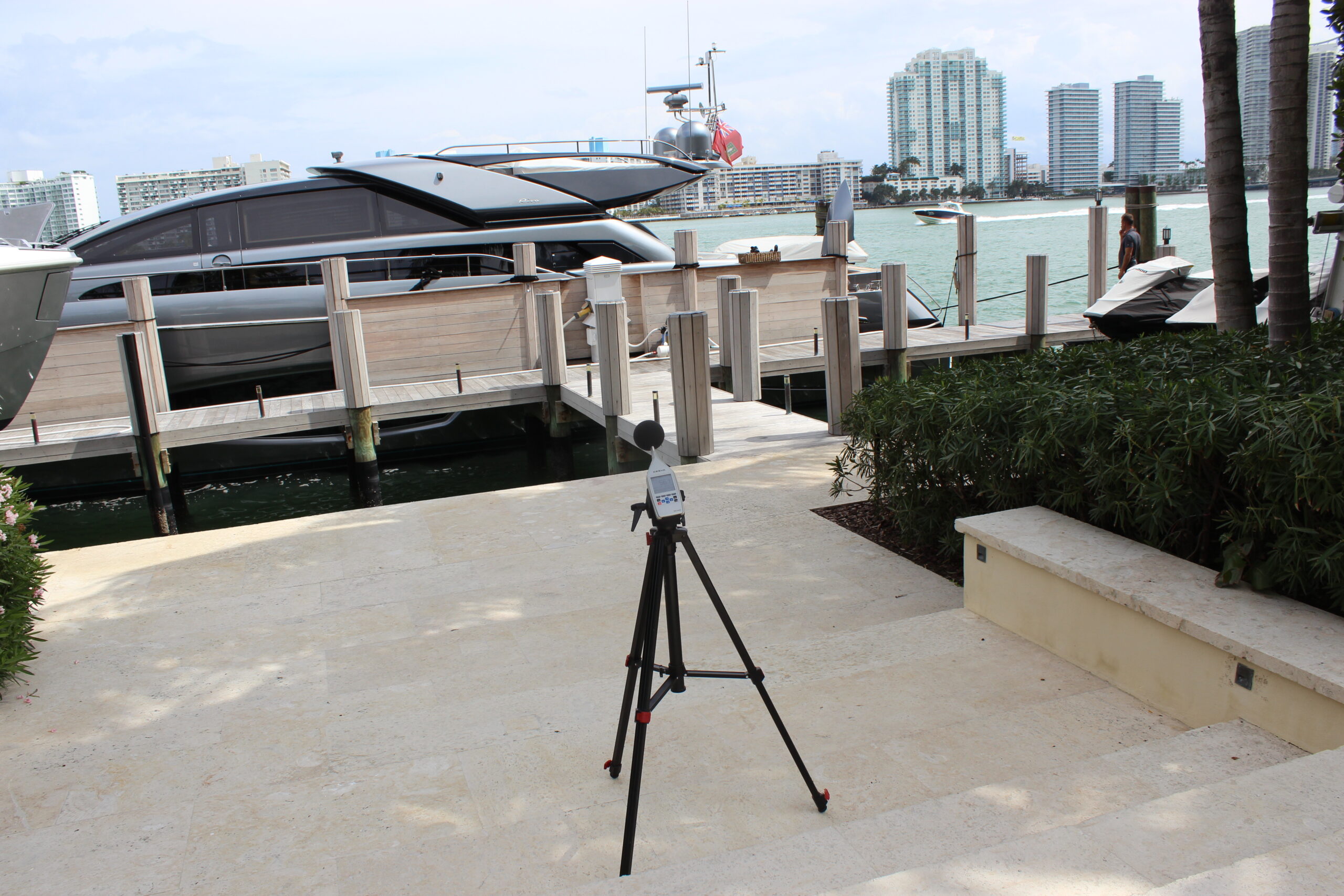Noise Survey, Noise Level Testing, Noise Measurement
Our specialists are able to conduct the followings testing:
Evaluate noise levels or sound exposure in the work place to determine if the noise environment is in compliance with local noise ordinances.
Evaluate community response to an external source of noise.
Evaluate whether a given acoustical environment is acceptable to resident or inhabitants.
Establish noise level contours at a selected site.
Acoustic Measurements
Acoustic Sonic Inc provide a wide range of acoustical measurements, testing and analysis. We support you in the followings areas:

1
ASTM E 90/ISO 140 Sound Transmission Loss
These standards provide guidelines and testing procedures for measuring the sound insulation properties of walls, ceilings, and floors in various environments, such as residential, commercial, or industrial buildings. By following these standards, architects and engineers can design spaces with improved acoustic performance, ensuring a quieter and more comfortable environment for occupants.praesentium voluptatum deleniti atque corrupti quos at dolores molestias excepturi sint occaecati cupiditate.
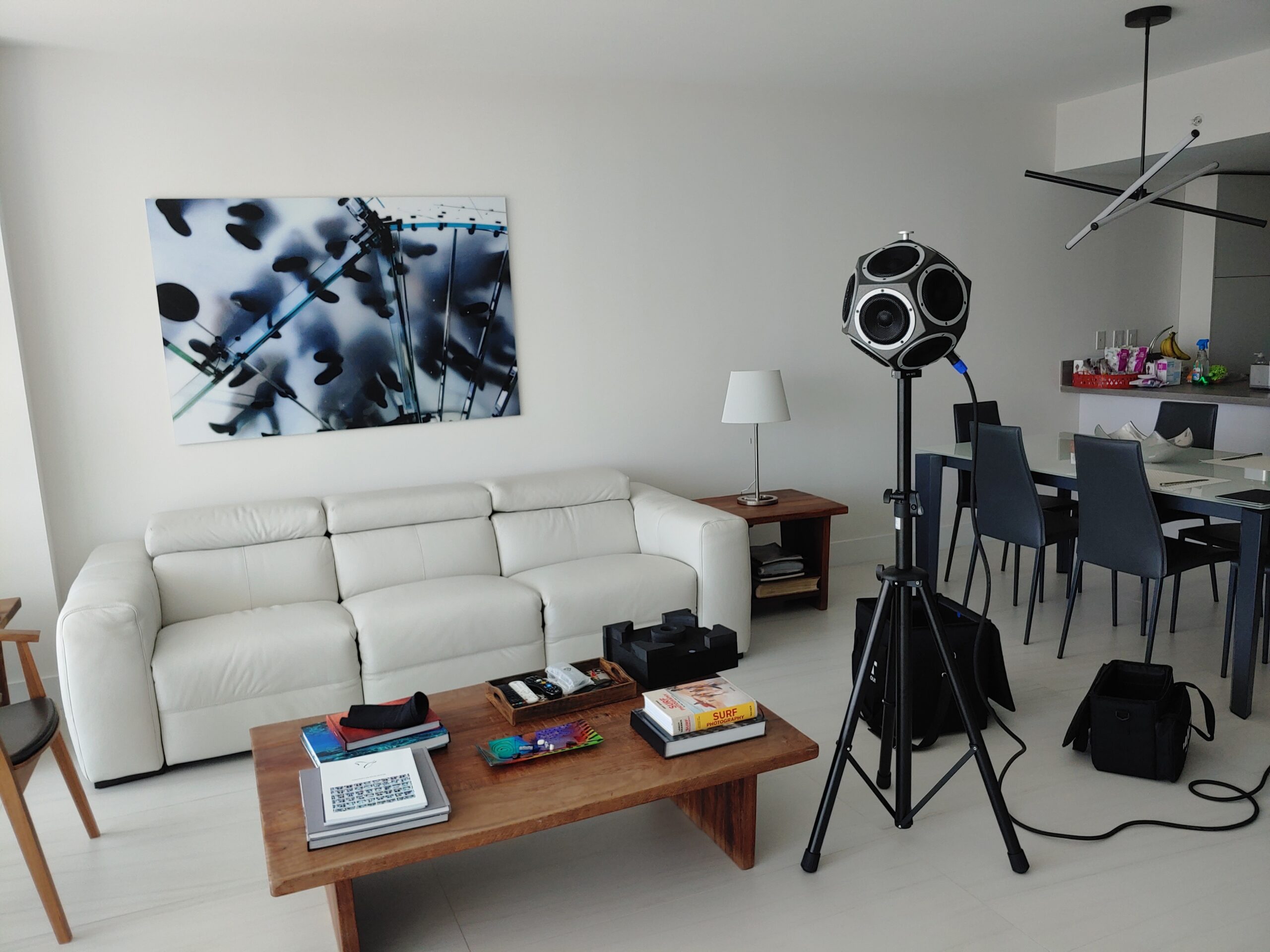
2
ASTM E 336 Sound Insulation in Building
The ASTM E336 standard involves the use of various equipment and measurement techniques to determine the Sound Transmission Class (STC) of building elements. STC is a rating that quantifies the sound insulation performance of materials or assemblies, with higher STC values indicating better soundproofing.
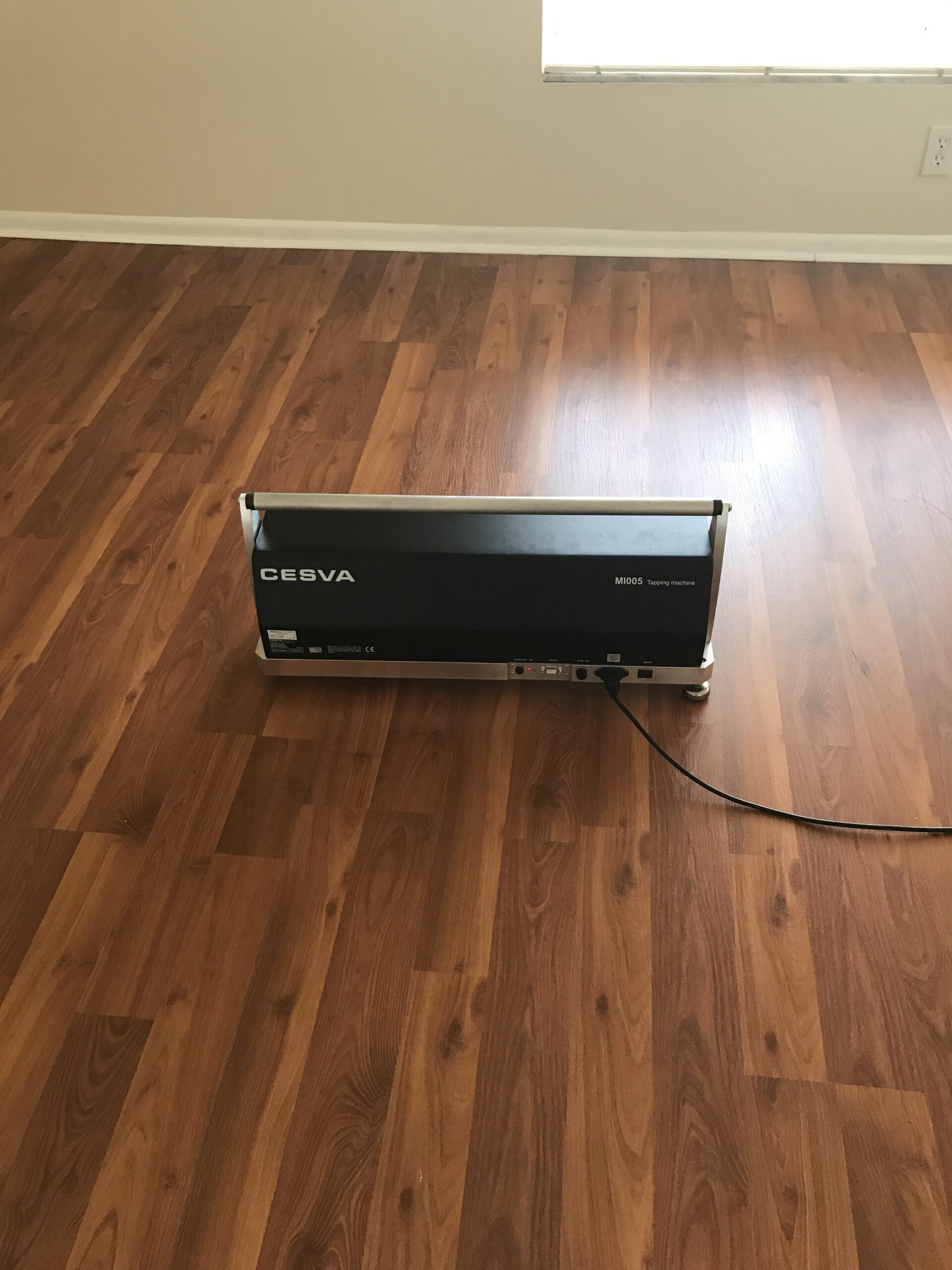
3
ASTM E 1007 Impact Sound Transmission
The primary goal of ASTM E1007 is to determine the Impact Insulation Class (IIC) of a floor assembly. IIC is a rating that quantifies how effectively a floor can reduce the transmission of impact-generated noise from one space to another below it. Higher IIC values indicate better soundproofing against impact noise.
To measure IIC according to ASTM E1007, controlled impact sources are used to simulate various impacts on the floor surface, and specialized equipment records the resulting sound levels in the receiving space below. These measurements are then used to calculate the IIC rating for the floor assembly.
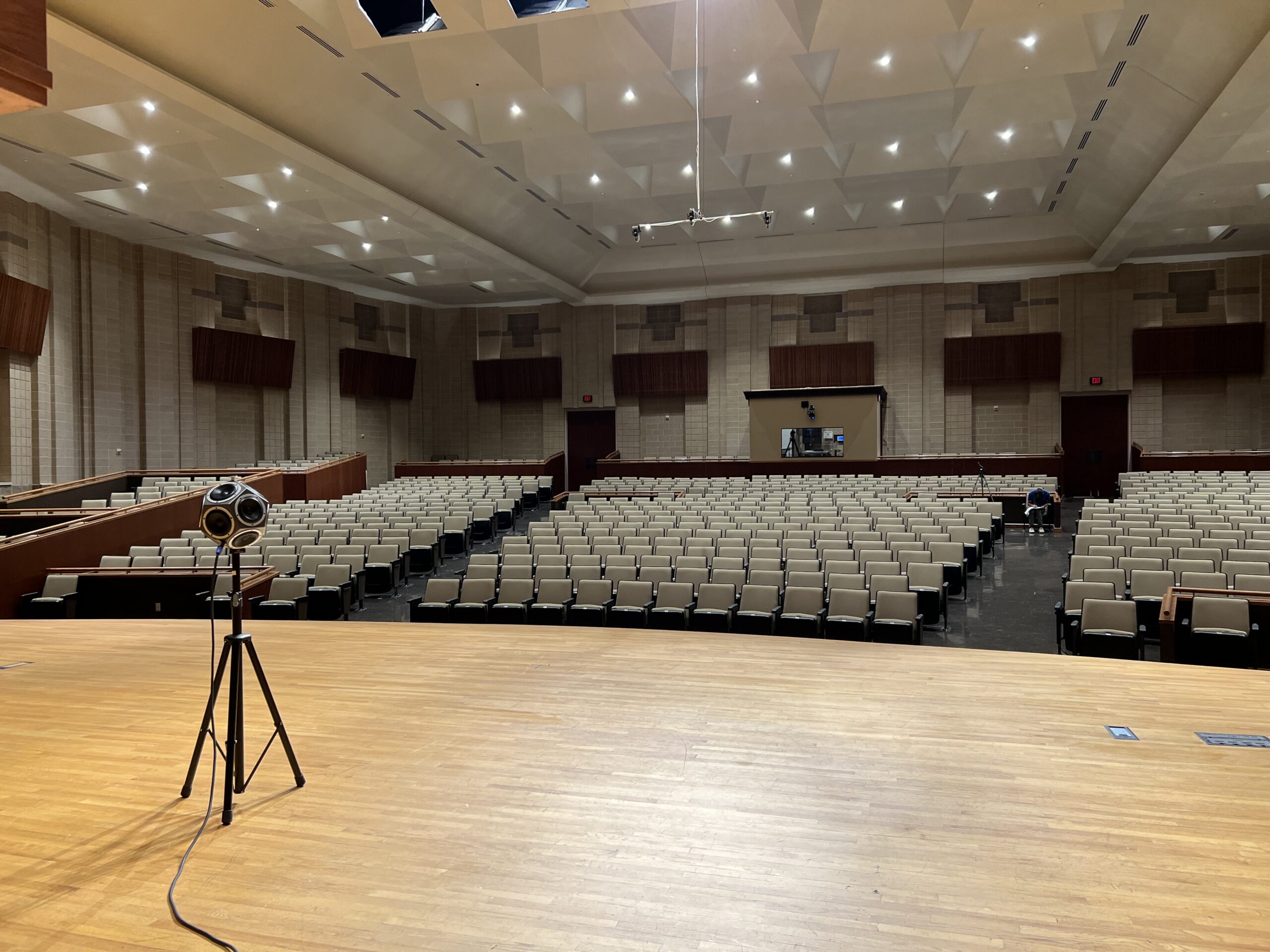
4
ASTM C423 Reverberation Time
Reverberation Time is a critical acoustic parameter that quantifies the time it takes for sound to decay or decrease in intensity by 60 dB (decibels) after the sound source is stopped. It is essential in architectural and acoustic design, as it helps assess the acoustic properties of a space. Shorter reverberation times are typically desired in spaces like classrooms or recording studios, where speech intelligibility or precise sound control is essential. Longer reverberation times are often preferred in concert halls or auditoriums to enhance musical performances.
ASTM C423 provides detailed procedures for measuring the Reverberation Time in a controlled and consistent manner. This standard outlines the use of specialized equipment, such as sound level meters and octave band filters, to record the sound decay in a room and calculate the Reverberation Time.
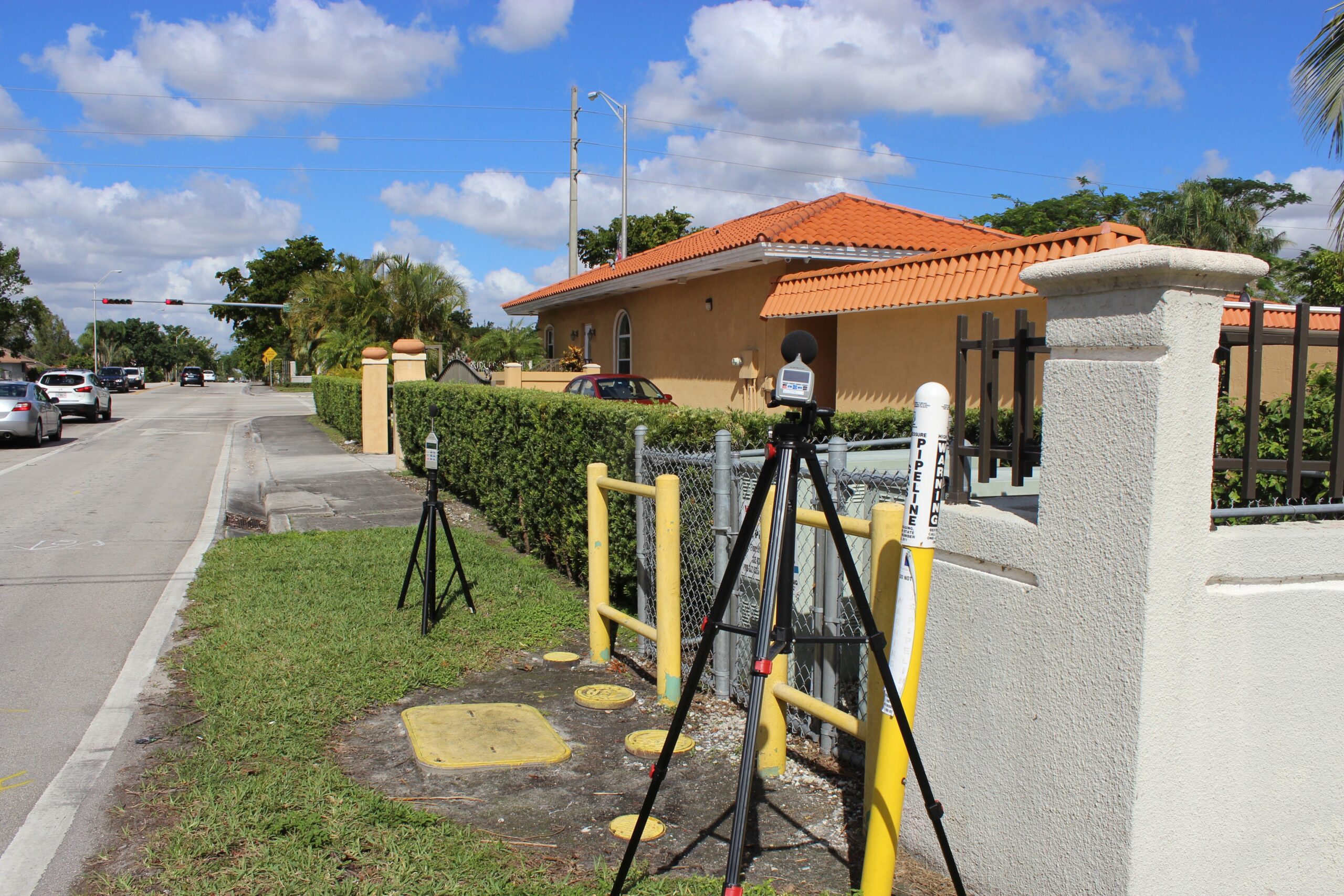
5
ANSI S12.9 Measurement of Environmental Sound
Sound Level Measurements: The standard outlines methods for measuring sound levels using sound level meters. It defines measurement locations, criteria for data collection, and statistical analysis techniques to determine representative sound levels.
Sound Exposure: ANSI S12.9 also provides guidance on assessing sound exposure over time, considering factors like duration and intensity of sound events. This information is useful for evaluating noise pollution and its impact on communities.
Data Presentation: The standard specifies how data should be presented, including statistical descriptors of sound levels (e.g., L10, L50, L90) and how to create sound level contours to visualize noise distribution in an area.
Noise Mapping: ANSI S12.9 is relevant to the creation of noise maps, which are used by city planners and policymakers to identify noise hotspots and develop strategies for noise control and mitigation.
Calibration and Measurement Equipment: The standard includes information on the calibration of sound level meters and the use of appropriate equipment for accurate measurements.
Environmental sound measurement, as guided by ANSI S12.9, is essential for assessing and managing noise pollution in communities, evaluating the impact of transportation or industrial activities on the environment, and making informed decisions regarding noise control and abatement measures.




